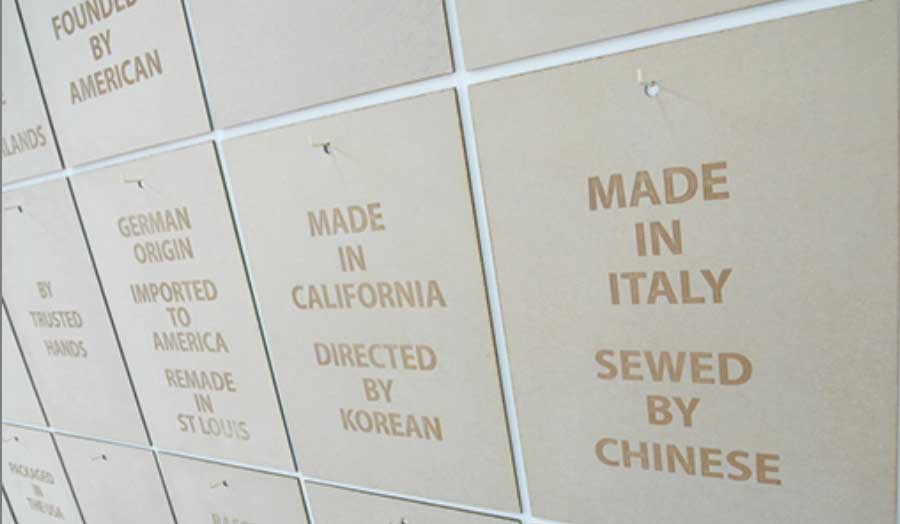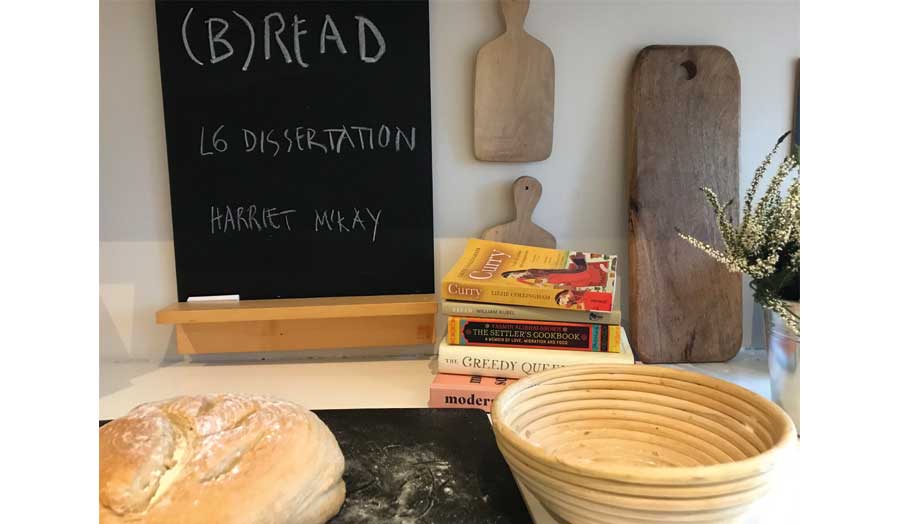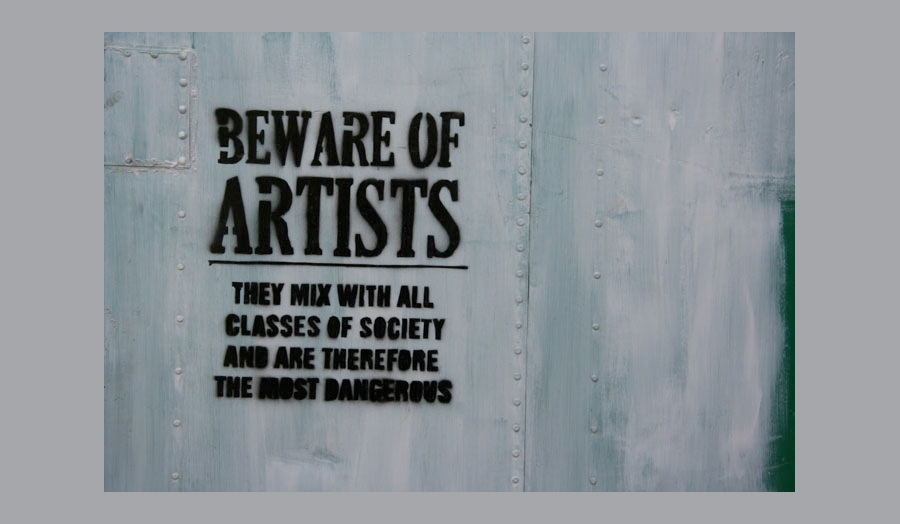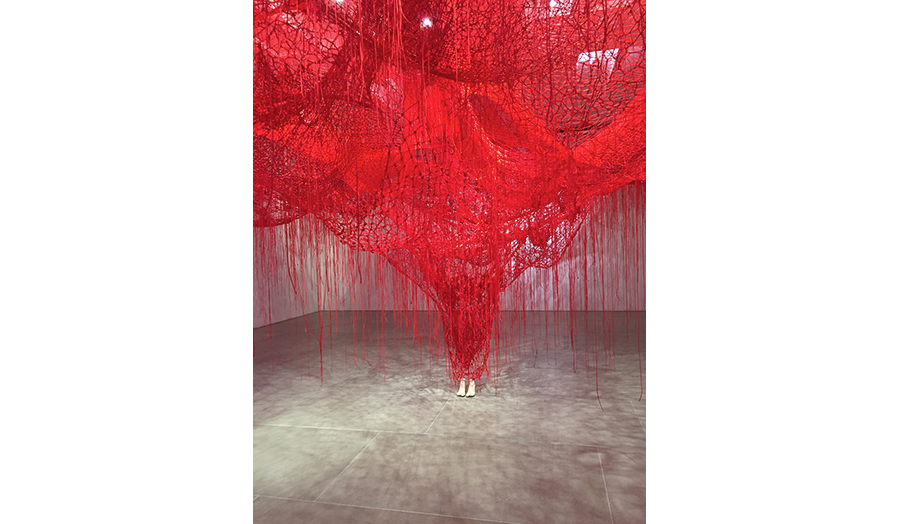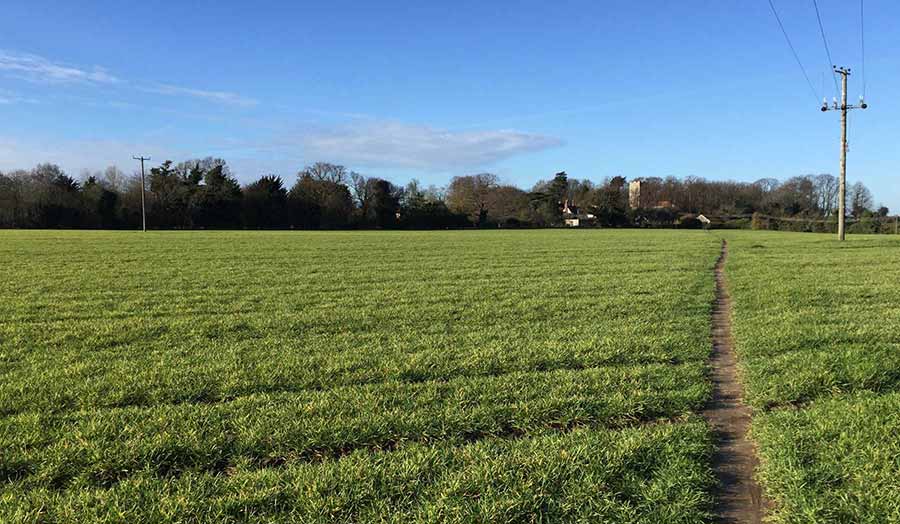Ajay Hothi
Sport is one of the most significant components of the everyday. From professional and semi-professional, to amateur; from competitive to non-competitive, each of us has participated in sporting activity in our lives. Sports have their own sections in every newspaper and every news report. Sports brands dominate both the high street and the catwalk. Sport is fashionable. Sports stars are prominent figures – role models, even – across a variety of media. Sport affects us.
Sport is affective. Every sporting moment is unique. Sport is transformational – for the spectator, arguably, more than the sportsperson. Sport is ritualistic and relies upon faith, passion, the warmth of the crowd, and of being present.
Sport is political, and is often used by those in power as social propaganda.
Sport is symbolic. Sport is classist and divisionary. Sport is subcultural. Sport is anti-intellectual.
Despite the fact that sporting competition is determined (in almost every instance) by the on-field activities, sport itself is a dialogue between its participants and its non-participants. The experience of the participants is shared back-and-forth with the experience of the non-participants.
Sport is catharsis: a collective purging of emotion.
This studio will examine the concept of aesthetics as applied within that most everyday activity: sport. In his work Homo Ludens, Johan Huizinga described language, poetry, and art as forms of "play". As with any artist, the sportsperson channels both instinct and practice, and working within the established methodologies of their chosen field, aims to create instances unique in all history. In moments such as those, the artist attempts to demonstrate the genius of man; the sportsperson, the limits of human movement. And yet we can discuss aesthetics not as a process but as an event: it occurs instantly, in the moment of viewership and is a shared moment. Sport never ends.
Selected readings
- Austin, J.L., (1975) How to Do Things with Words. Cambridge: Harvard University Press.
- Barthes, R. (1964) Elements of Semiology. London: Atlantic Books
- Benjamin, W. (1936) "The Work of Art in the Age of Mechanical Reproduction" in Illuminations (2015). London: Bodley Head.
- de Certeau, M. (1984) The Practice of Everyday Life. Berkeley: University of California Press.
- Critchley, S. (2017) What We Think About When We Think About Football. Profile Books: London.
- Curran, A. "Brecht's Criticisms of Aristotle's Aesthetics of Tragedy", in The Journal of Aesthetics and Art Criticism. Vol. 59, No. 2 (Spring, 2001), pp. 167-184
- Hickey, D. (1995) "The Heresy of Zone Defense", in Air Guitar (1997) Los Angeles, CA: Art Issues Press.
- Mumford, S. (2018) "The aesthetics of sport and the arts: competing and complementary", in Majumdar, B. (ed.) Sport in Society: Cultures, Commerce, Media, Politics (pp.723-733)
- Winner, D. (2001) Brilliant Orange: The Neurotic Genius of Dutch Football. London: Bloomsbury.
*
Studio image: Ajay Hothi. Banner: Hans Op de Beeck, Staging Silence (3), video still (detail), 2019
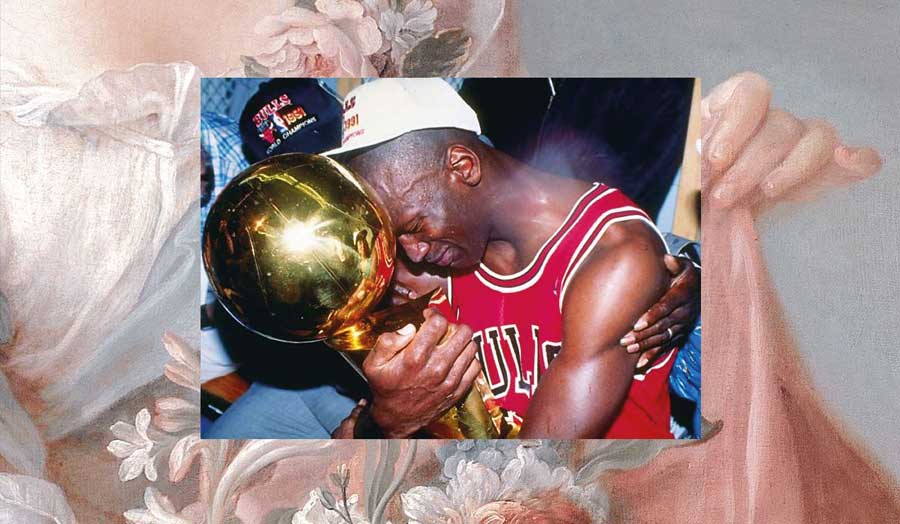
Details
| Tutor | Ajay Hothi |
|---|

-(1)-(1)-(1).jpg)
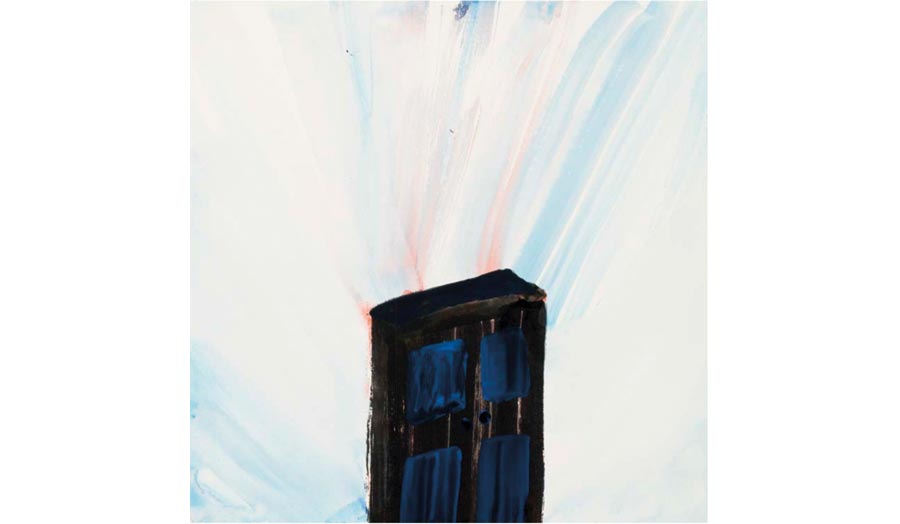
-(1).jpg)
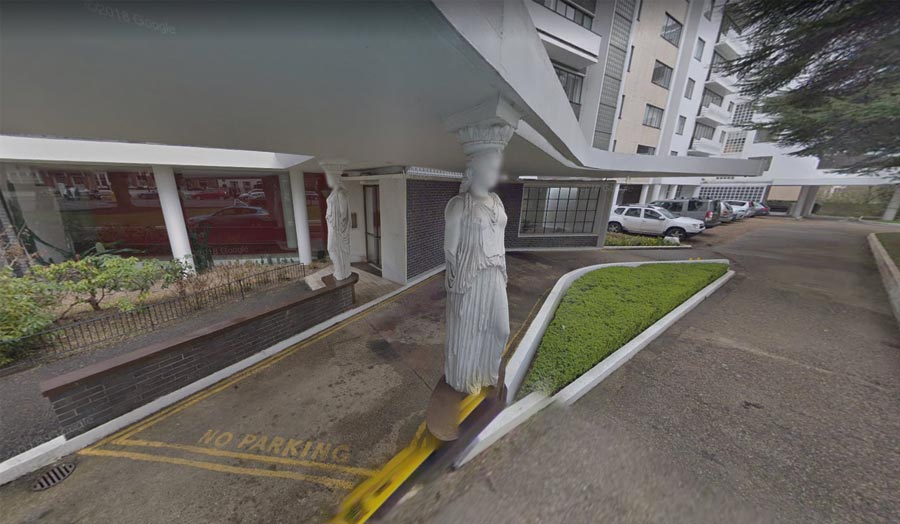

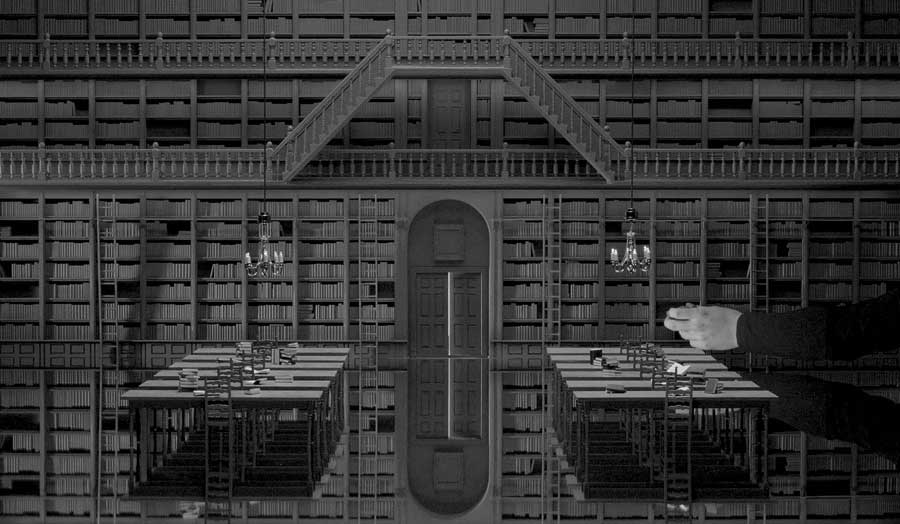
-(1).jpg)
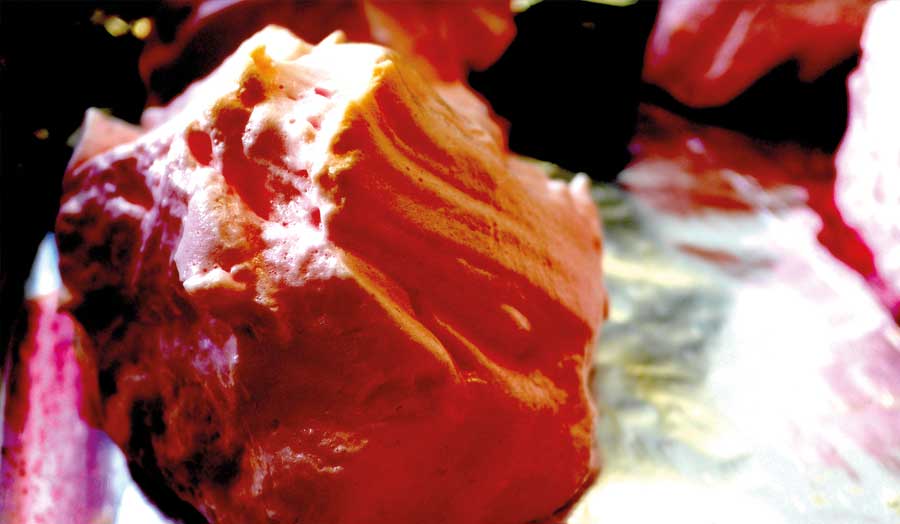
-(1).jpg)

